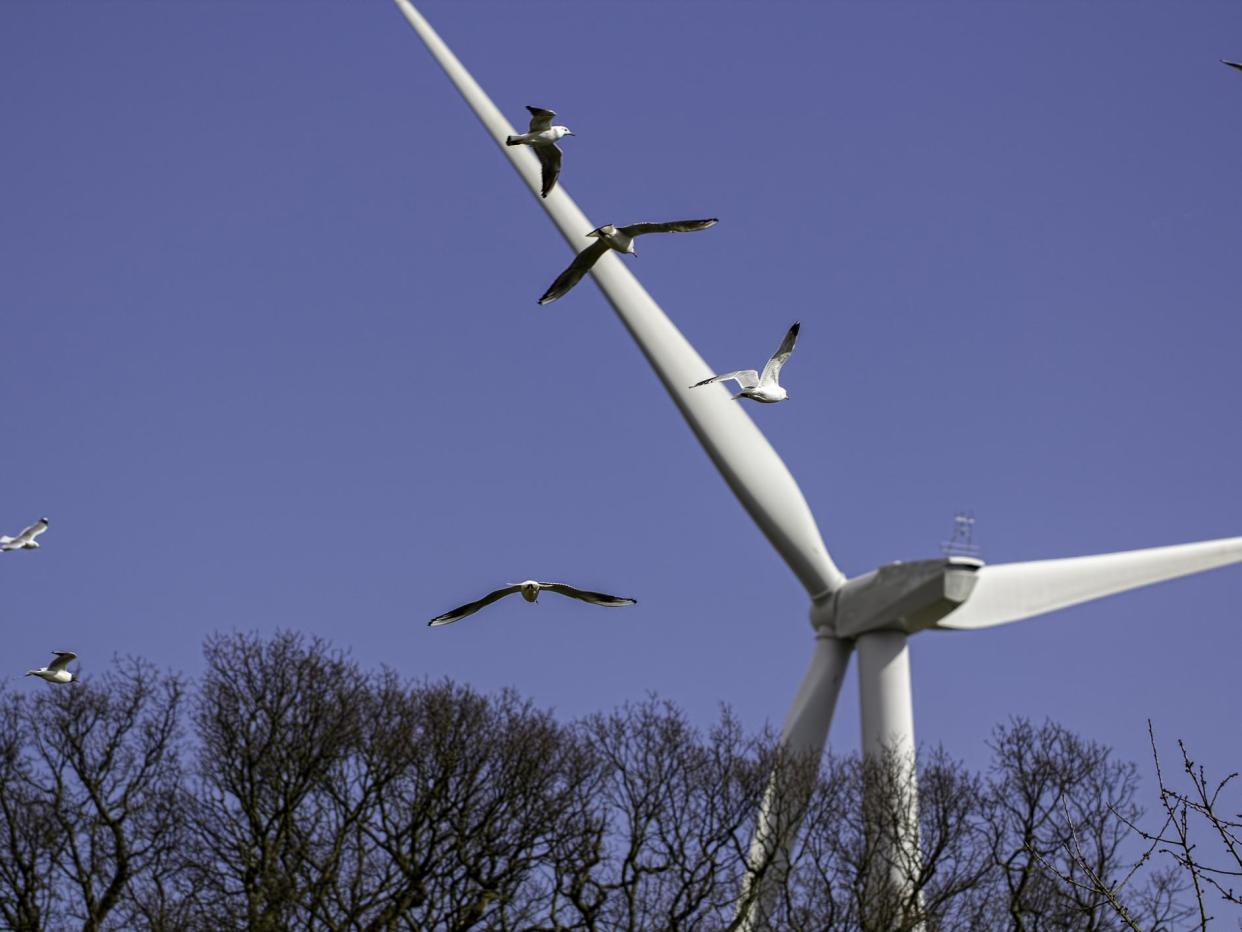Wind turbines ‘are the new top predators’ as blades wipe out buzzards and hawks

Wind turbines function like ‘top predators’ and are changing ecosystems by deposing birds of prey at the top of the food chain, a study found.
Indian researchers found that mountain areas with turbines had four times fewer buzzards and hawks as areas without.
The change had a knock-on effect on other animals normally eaten by the birds of prey – with an overabundance of lizards in those areas.
The researchers investigated a wind farm in the Unesco World Heritage Site of the Western Ghats, comparing it with an area without wind turbines.
In Britain, the RSPB has previously warned that turbines can kill sea eagles, and the machines are also known to kill bats, owls and hawks.

Professor Maria Thaker, lead author of the study, said that wind turbines are ‘akin’ to a new ‘top predator’.
Thaker told The Telegraph, ‘Every time a top predator is removed or added, unexpected effects trickle through the ecosystem.
‘We find wind farms reduce the abundance and activity of predatory birds – for example buzzards, hawks and kites – which consequently increases the density of lizards.
MORE: UK business leaders sign letter calling for second Brexit referendum
MORE: Former racing driver, 102, dies after being trapped on his roof for three days
‘We find wind farms have emerging impacts that are greatly underestimated.’
‘There is a strong need for an ecosystem-wide view when aligning green-energy goals with environment protection.’



